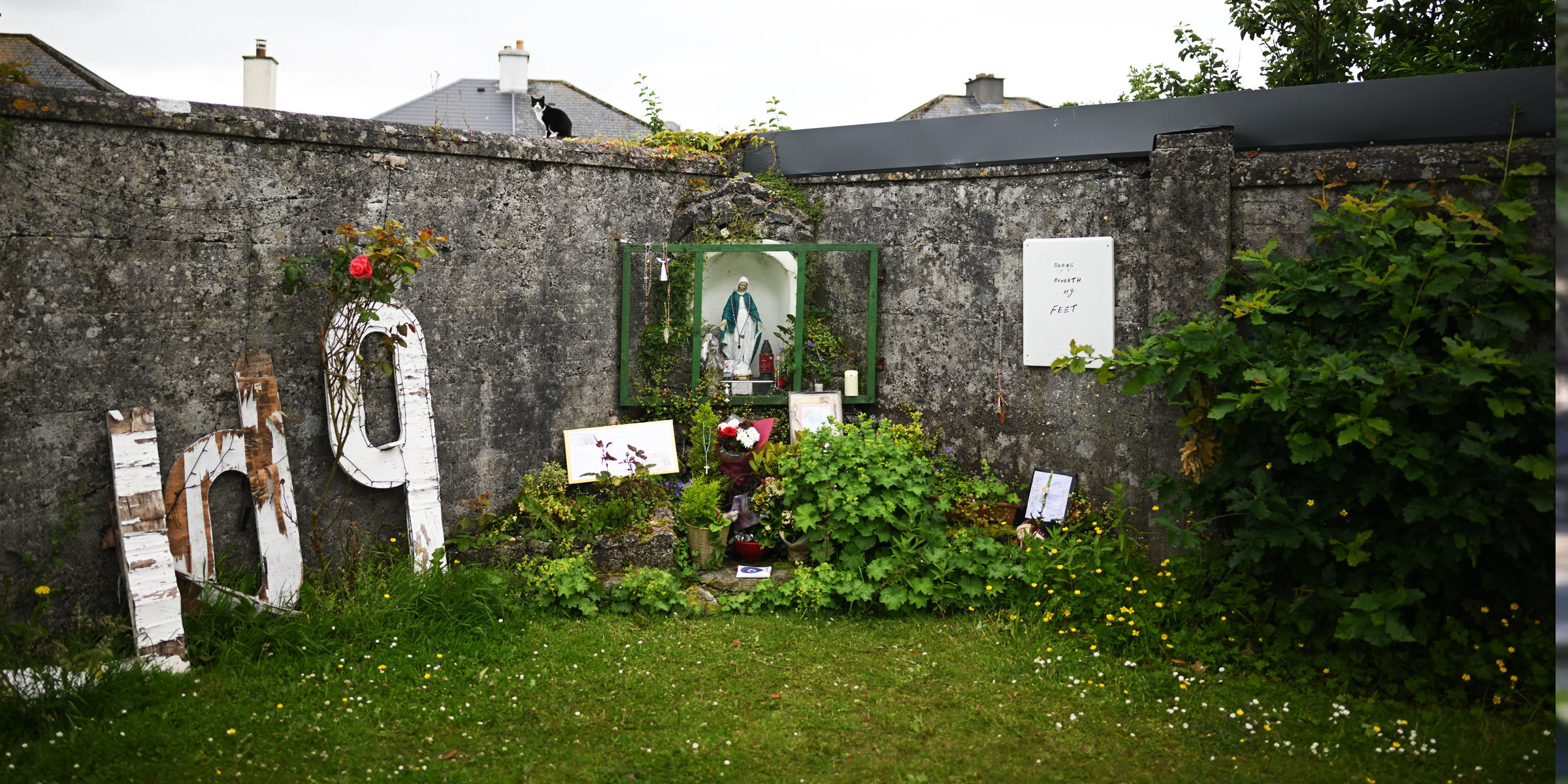
Excavation Begins to Find Nearly 800 Infant Remains Believed to Be Buried at Former Mother and Baby Home Run by Nuns
After years of public outcry and investigative pressure, the ground has finally broken at an Irish site long believed to conceal a disturbing legacy.
A long-awaited forensic excavation has begun at the site of a former mother and baby home in Tuam, County Galway, where the remains of nearly 800 babies and children are believed to be buried.
The institution, once operated by the Sisters of Bon Secours, served as a refuge for unmarried mothers and their children from 1925 until its closure in 1961.
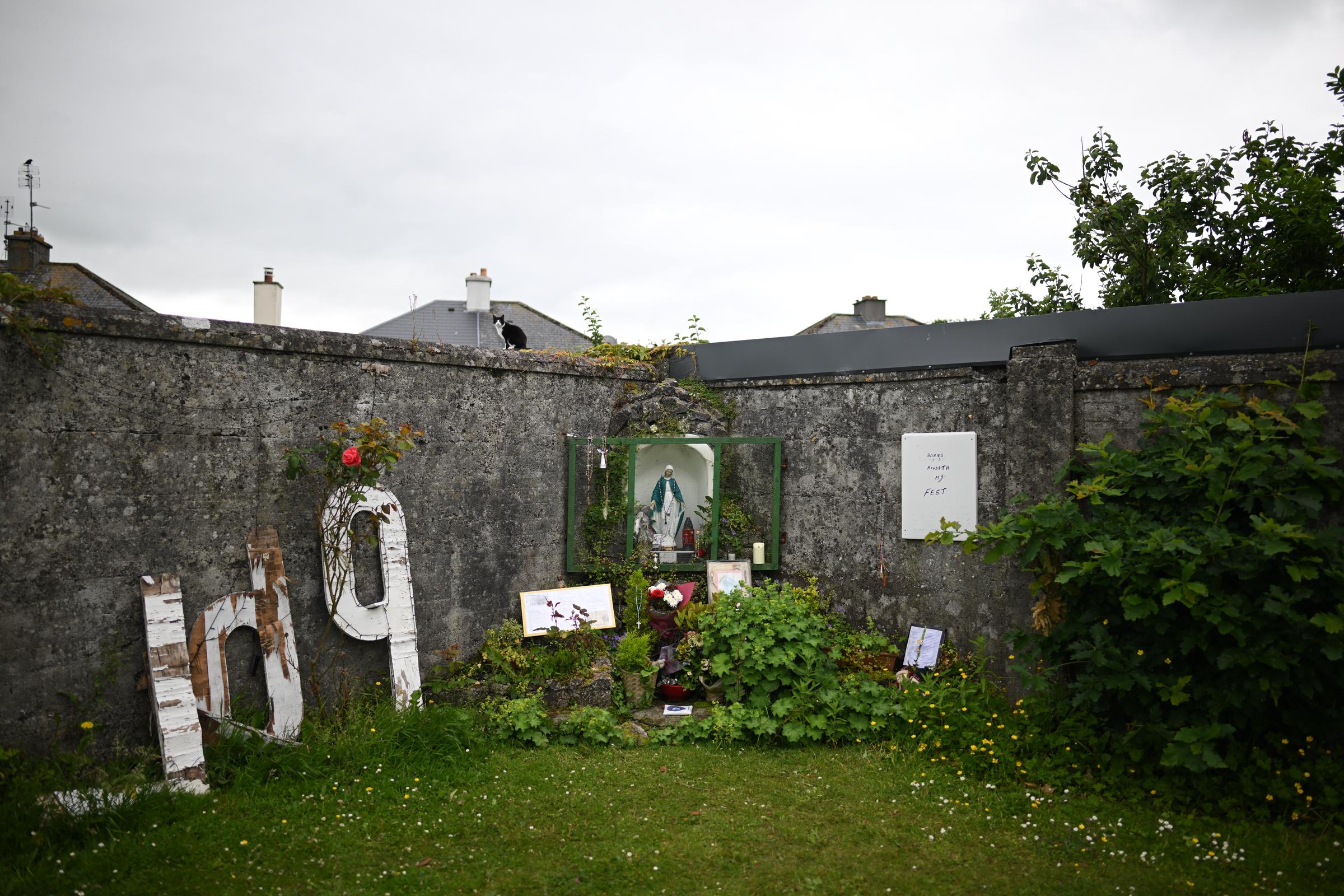
A general view of the remembrance garden on the former site of the Bon Secours Mother and Baby home can be seen on June 15, 2025, in Tuam, Ireland | Source: Getty Images
The investigation follows a decade-long campaign by local historian Catherine Corless, whose research uncovered death records for 798 children.
Just two of these children are confirmed to have been buried in a cemetery. The rest, it is presumed, lie in the grounds of the former institution, many discarded in a disused sewage tank referred to by locals as "the pit."
Ms. Corless told Sky News, "I'm feeling very relieved… It's been a long, long journey. Not knowing what's going to happen, if it's just going to fall apart or if it's really going to happen."

Historian Catherine Corless is seen at the former site of the Bon Secours Mother and Baby home in a video dated June 16, 2025 | Source: Instagram/skynews
Her discovery in 2014 shocked Ireland and the world, revealing the harsh treatment unmarried mothers and their children endured in a society deeply influenced by conservative Catholic values.
The children were considered "illegitimate" and denied the basic rights and dignity afforded to others. The mothers, often victims of rape, incest, or violence, were hidden away and subjected to strict regimes under the authority of nuns.
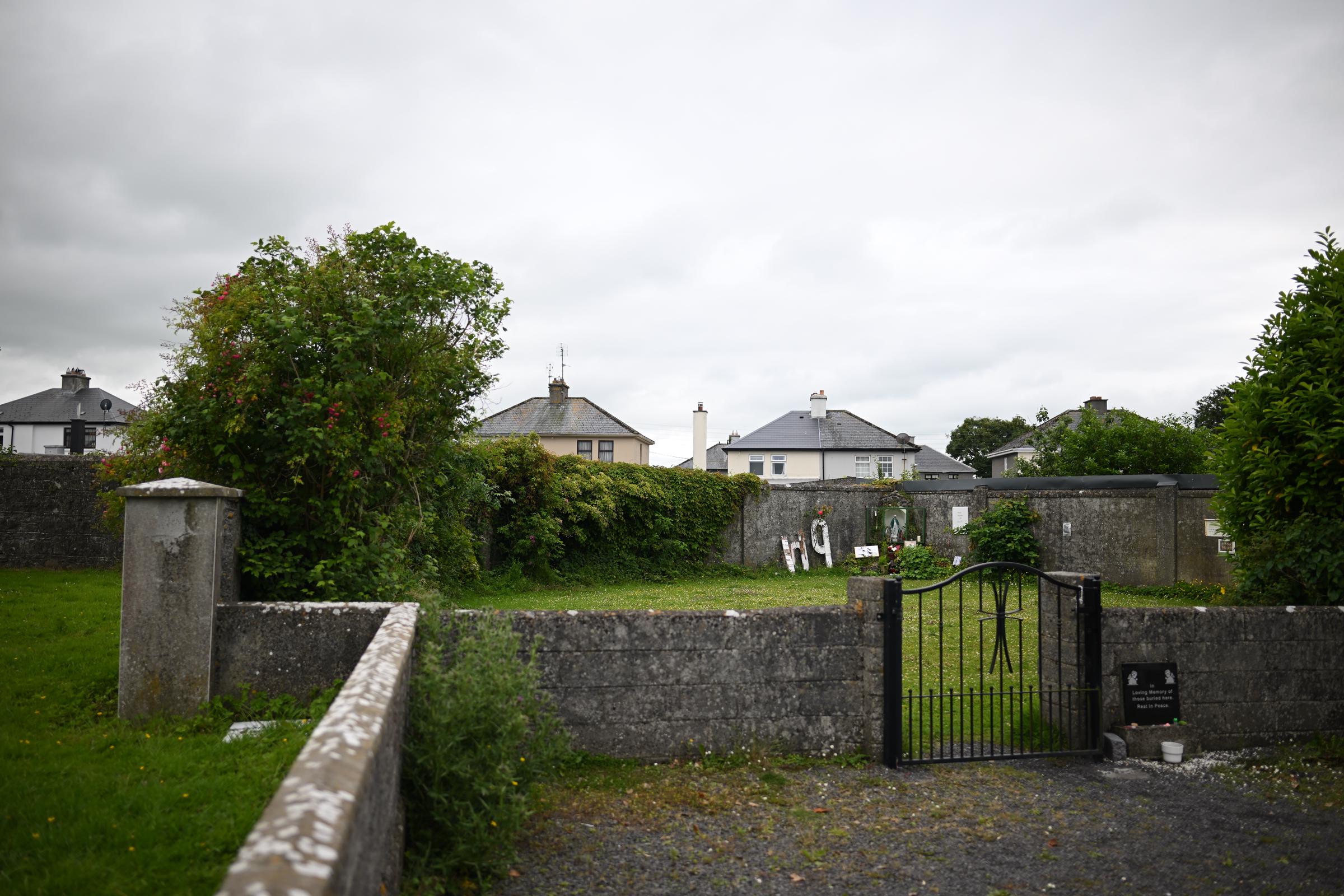
A distant shot of the remembrance garden on the former site of the Bon Secours Mother and Baby home can be seen on June 15, 2025, in Tuam, Ireland | Source: Getty Images
Ms. Corless noted that babies died almost every fortnight, which is why the burial site grew so large. The site was initially discovered in 1975 when two 12-year-old boys found bones in the septic tank.
At the time, the community believed the remains were from victims of the Irish famine in the 1840s. However, Ms. Corless later verified the truth by meticulously checking death certificates.
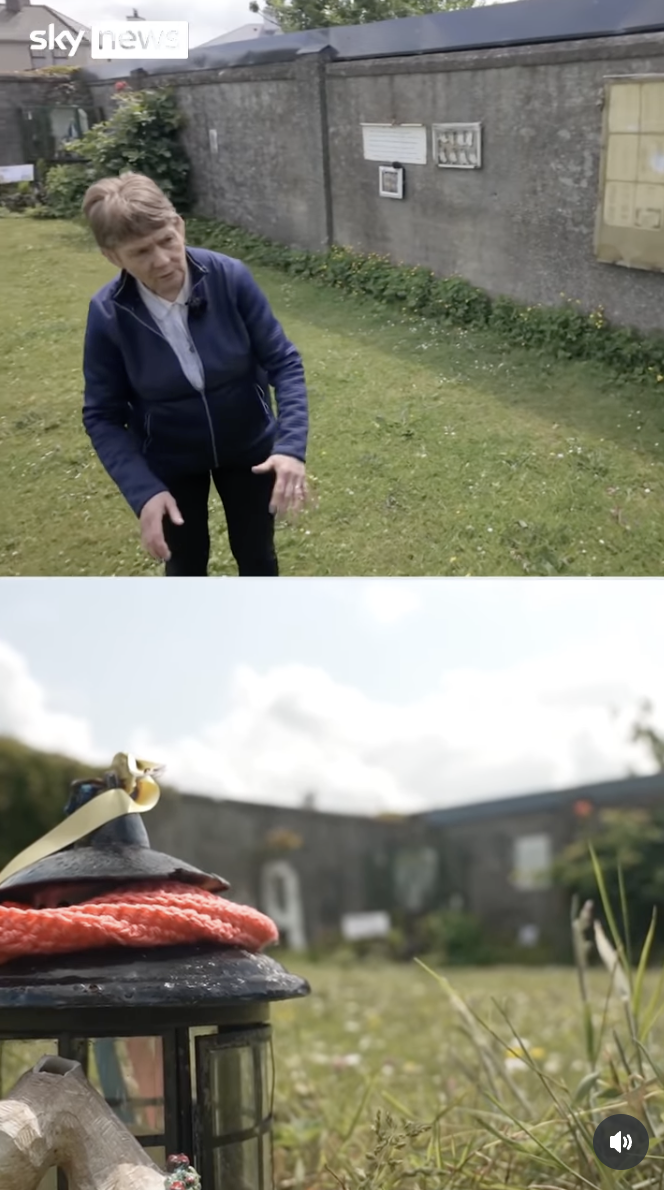
Historian Catherine Corless is pictured at the former site of the Bon Secours Mother and Baby home in a video shared on June 16, 2025 | Source: Instagram/skynews
The death records list causes such as malnutrition, measles, and tuberculosis — diseases rampant in that era. These children were buried without coffins or headstones. The home was later demolished, but locals maintained the area with a plaque and a figure of the Virgin Mary.
Annette McKay, a woman now living in Manchester, is one of many hoping the excavation will provide answers. Her mother, Margaret "Maggie" O'Connor, gave birth to a baby girl named Mary Margaret at the Tuam home in 1942 after being raped at 17.
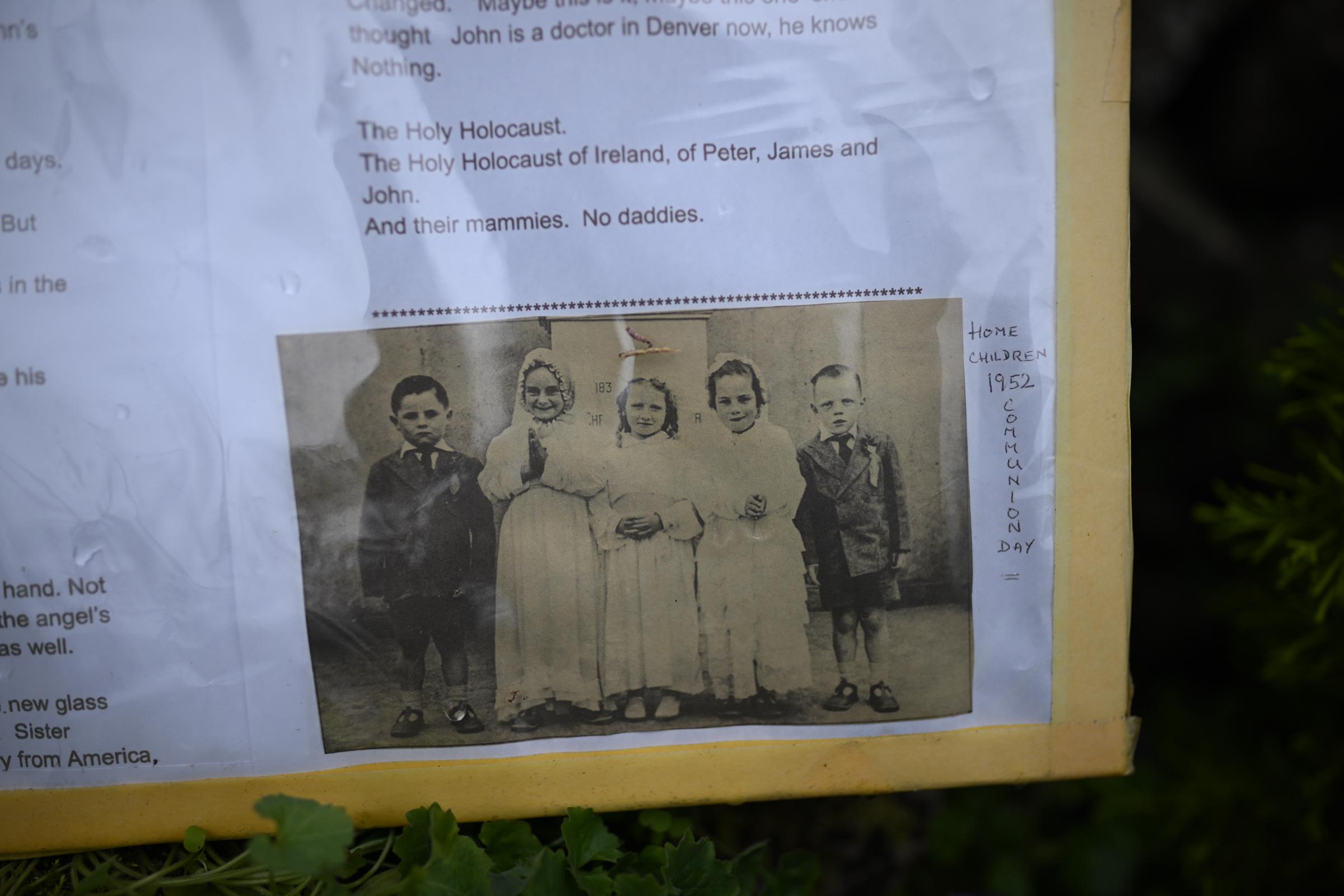
A closeup shot of an old document placed at the remembrance garden on the former site of the Bon Secours Mother and Baby home, on June 15, 2025, in Tuam, Ireland | Source: Getty Images
The child died six months later. McKay recounted that her mother was told of her daughter's death while hanging laundry. A nun approached her from behind and said, "the child of your sin is dead." Ms. McKay now hopes to reunite her late mother and sister in death.
"I don't care if it's a thimbleful, as they tell me there wouldn't be much remains left; at six months old, it's mainly cartilage more than bone. I don't care if it's a thimbleful for me to be able to pop Mary Margaret with Maggie. That's fitting," she expressed.
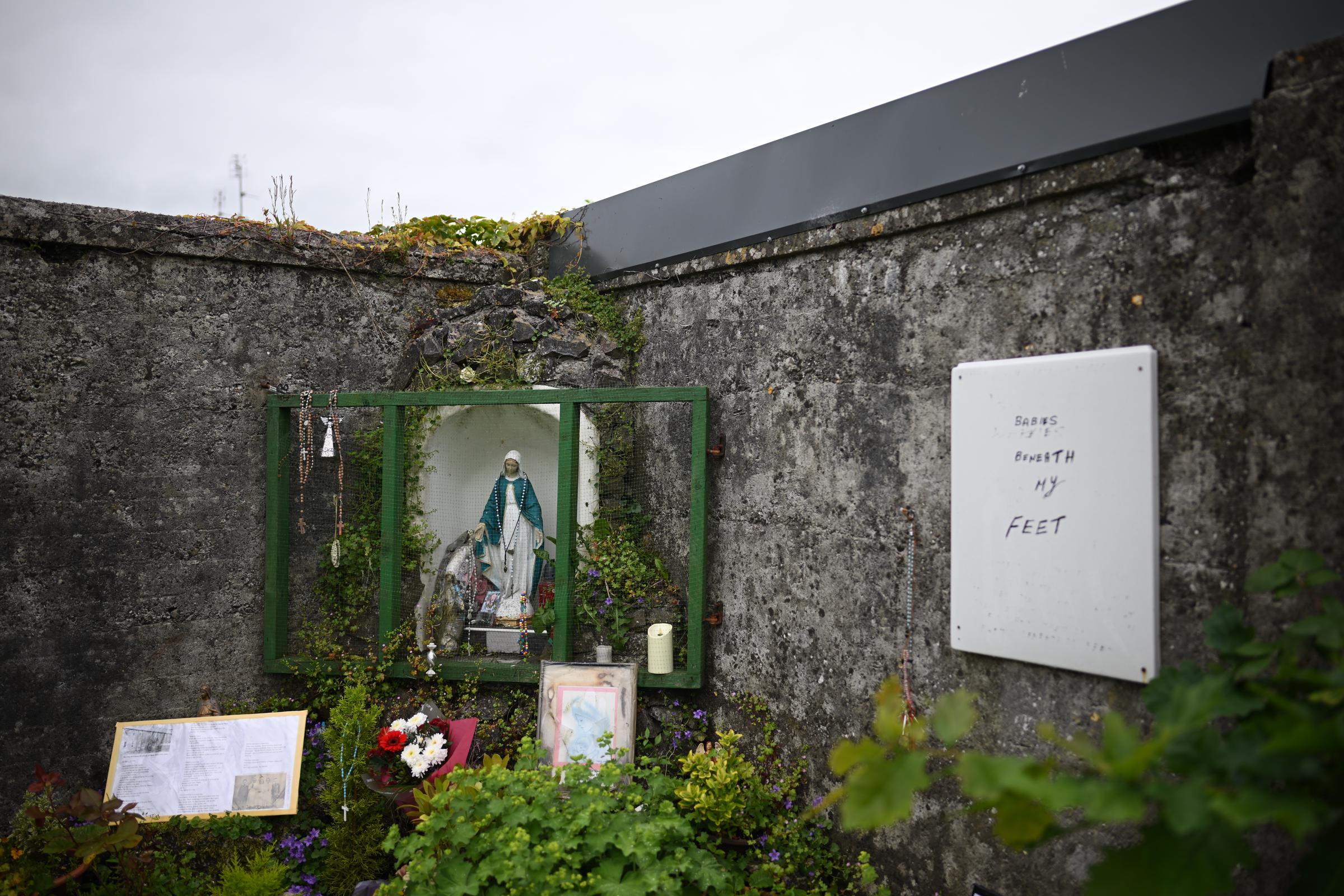
A closeup view of the remembrance garden on the former site of the Bon Secours Mother and Baby home, dated June 15, 2025, in Tuam, Ireland | Source: Getty Images
She also commented on the broader injustices committed at the home, stating, "We locked up victims of rape, we locked up victims of incest, we locked up victims of violence, we put them in laundries, we took their children, and we just handed them over to the Church to do what they wanted."
She continued, "My mother worked heavily pregnant, cleaning floors and a nun passing kicked my mother in the stomach." The Irish government issued a formal state apology in 2021 after an inquiry found that around 9,000 children died in 18 similar institutions.
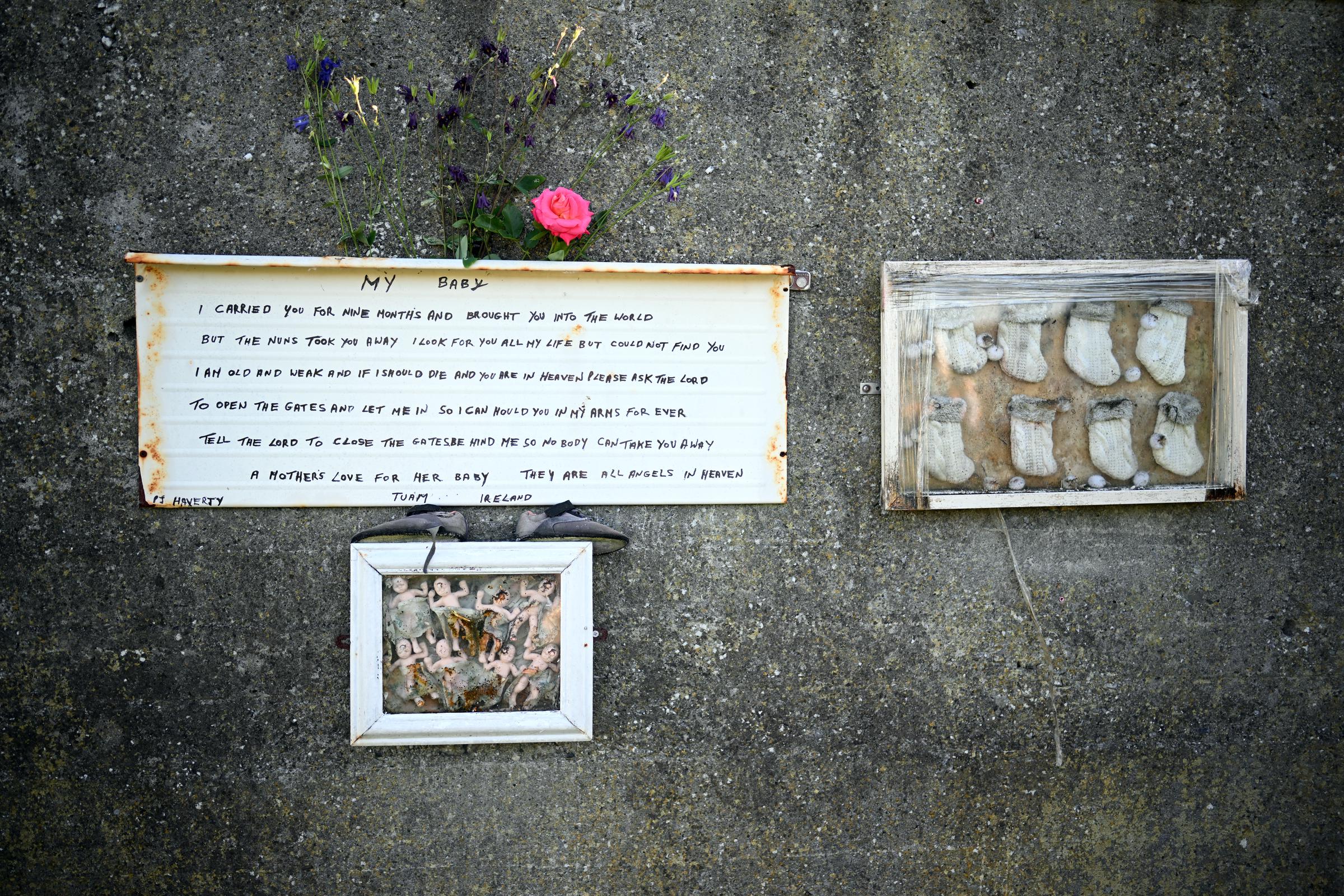
Mementos and a poem written by a survivor of the home can be seen at the former site of the Bon Secours Mother and Baby home and the memorial garden, dated March 21, 2025 | Source: Getty Images
Then Taoiseach Micheal Martin stated, "We had a completely warped attitude to sexuality and intimacy, and young mothers and their sons and daughters were forced to pay a terrible price for that dysfunction."
The Sisters of Bon Secours admitted that the children were "buried in a disrespectful and unacceptable way" and issued a "profound apology," offering financial compensation.
As the forensic team led by Daniel MacSweeney begins its work, there is a collective hope that dignity will finally be restored to the children who died there.

Work begins on the excavation of the former Bon Secours Mother and Baby Home site on June 16, 2025, in Tuam, Ireland | Source: Getty Images
Ms. Corless remains haunted by the question of how a religious order, tasked with caring for the vulnerable, could treat children with such neglect.
"I'm still trying to figure that out," she added. "I mean, these were a nursing congregation. The church preached to look after the vulnerable, the old and the orphaned, but they never included illegitimate children for some reason or another in their own psyche. I never, ever understand how they could do that to little babies, little toddlers. Beautiful little vulnerable children."
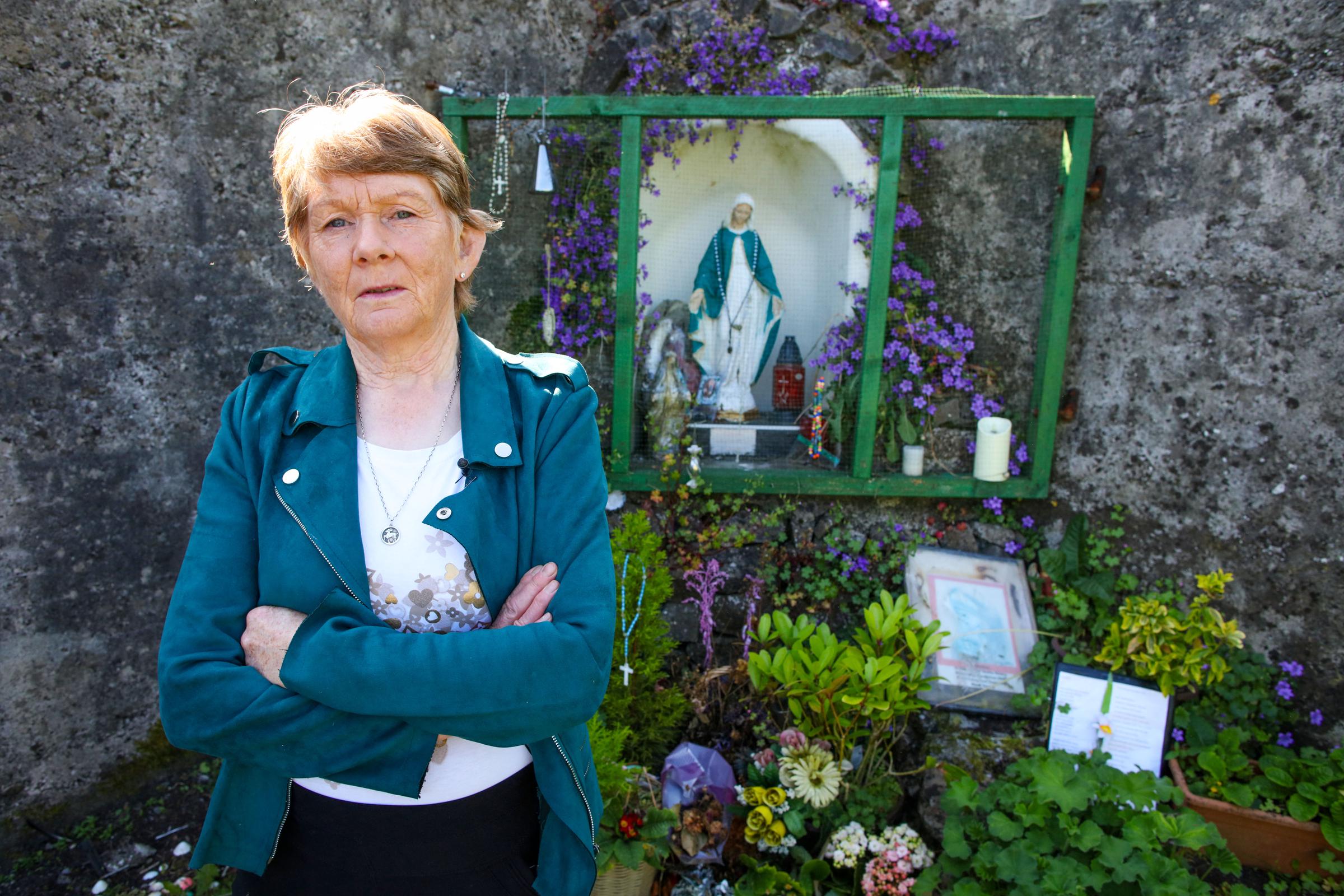
Historian Catherine Corless poses on the site of the former St Mary's Mother and Baby Home, in Tuam, in the outskirts of Galway, western Ireland, on May 20, 2025 | Source: Getty Images
The Tuam home is one of ten mother-and-baby institutions that existed in Ireland, which together housed approximately 35,000 unmarried women. Many of their children were forcibly adopted or segregated in schools.
Calls have been made over the years for a formal police inquiry and a state-funded memorial listing the names and ages of the 800 children believed to be buried at Tuam.
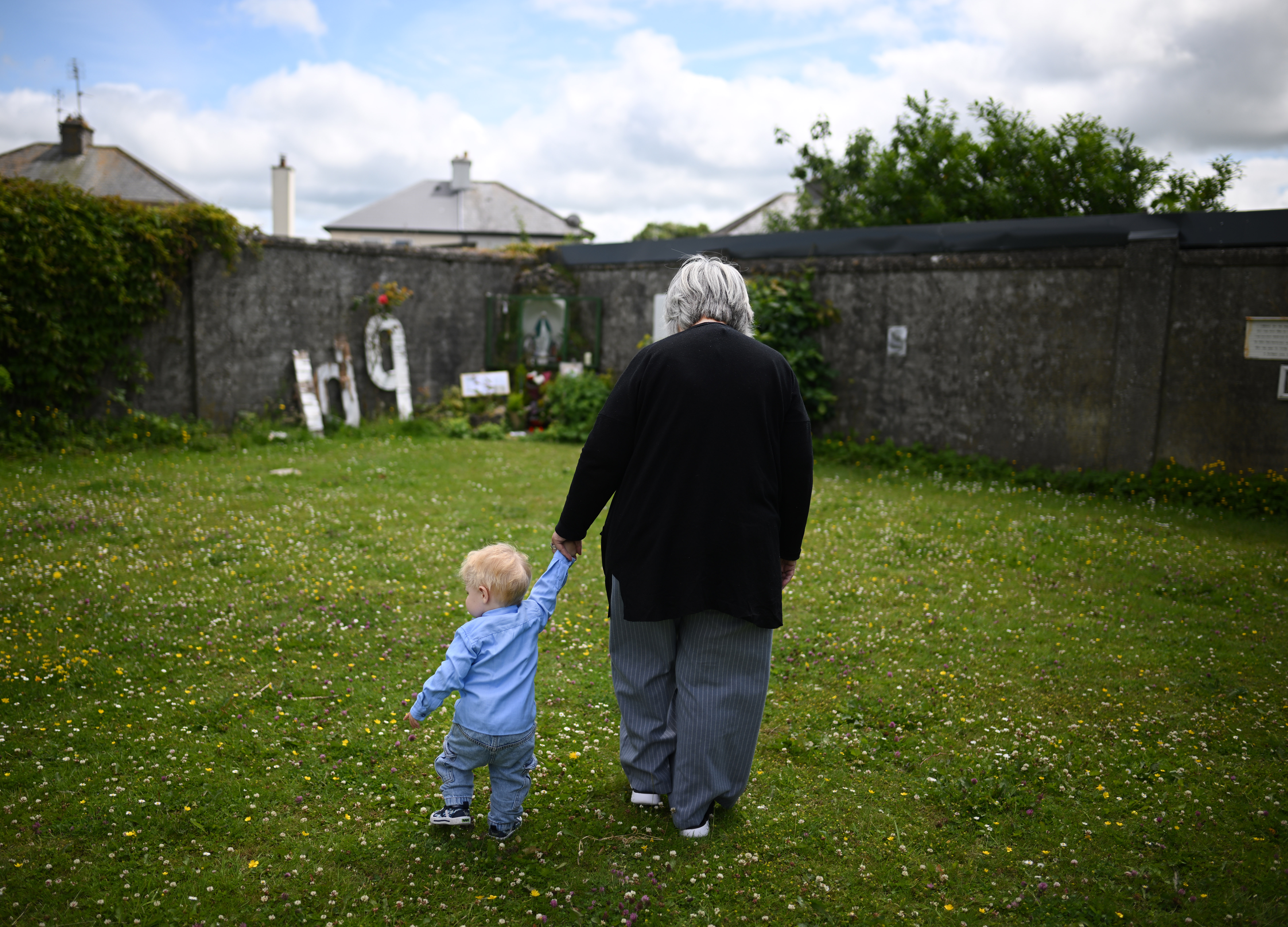
A grandmother and her grandson take a final walk around the Tuam Mother and Baby home remembrance garden on June 15, 2025 | Source: Getty Images
As excavation begins, the community and relatives of the deceased await closure. For them, the site at Tuam is no longer a hidden shame — it is a testament to a dark chapter in Ireland's past that must never be forgotten.
The information in this article is not intended or implied to be a substitute for professional medical advice, diagnosis or treatment. All content, including text, and images contained on news.AmoMama.com, or available through news.AmoMama.com is for general information purposes only. news.AmoMama.com does not take responsibility for any action taken as a result of reading this article. Before undertaking any course of treatment please consult with your healthcare provider.
news.AmoMama.com does not support or promote any kind of violence, self-harm, or abusive behavior. We raise awareness about these issues to help potential victims seek professional counseling and prevent anyone from getting hurt. news.AmoMama.com speaks out against the above mentioned and news.AmoMama.com advocates for a healthy discussion about the instances of violence, abuse, sexual misconduct, animal cruelty, abuse etc. that benefits the victims. We also encourage everyone to report any crime incident they witness as soon as possible.
